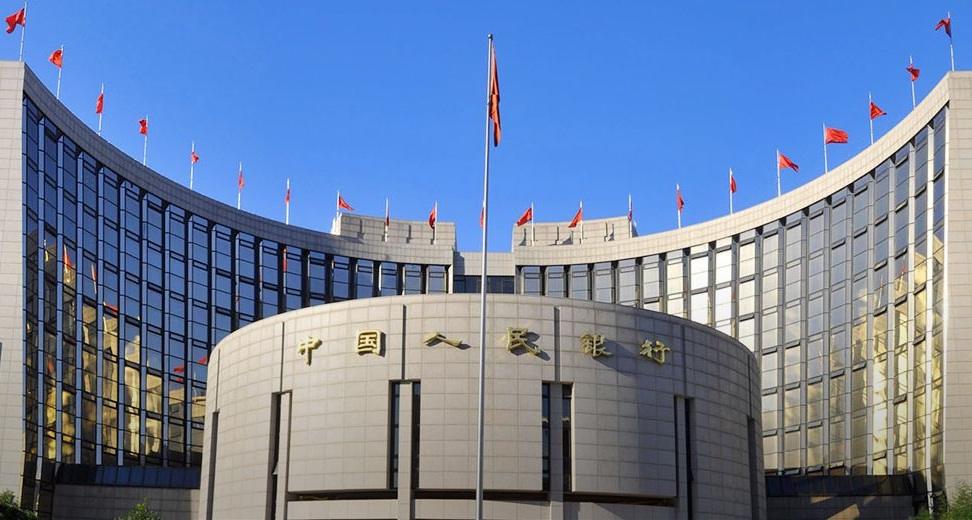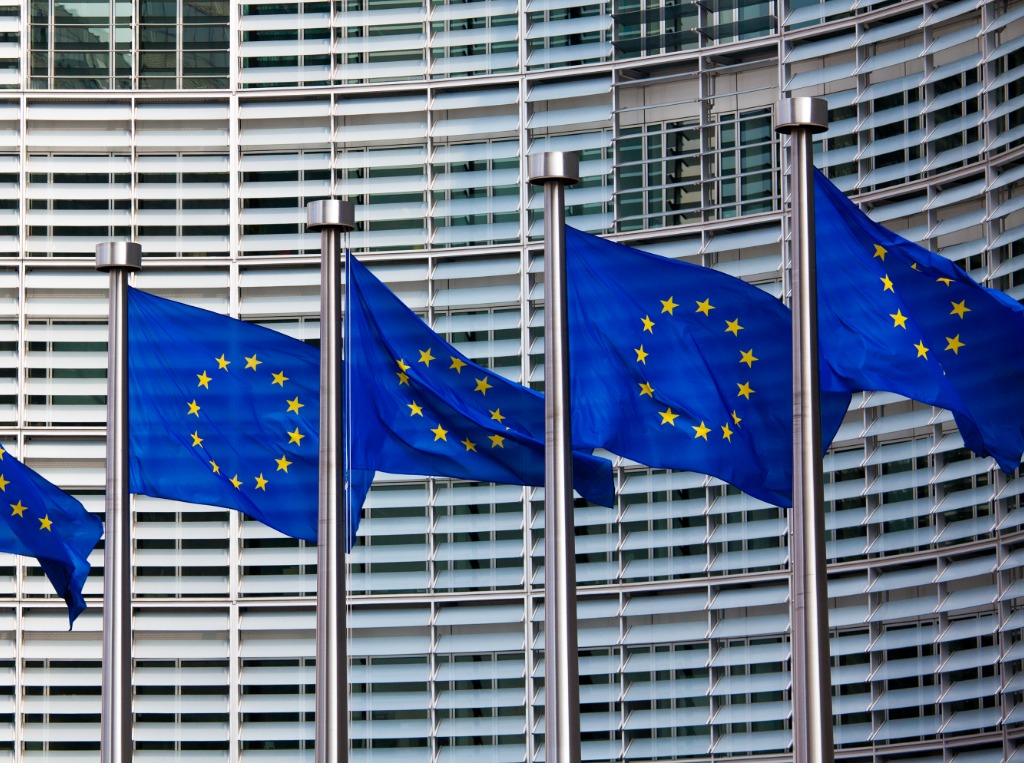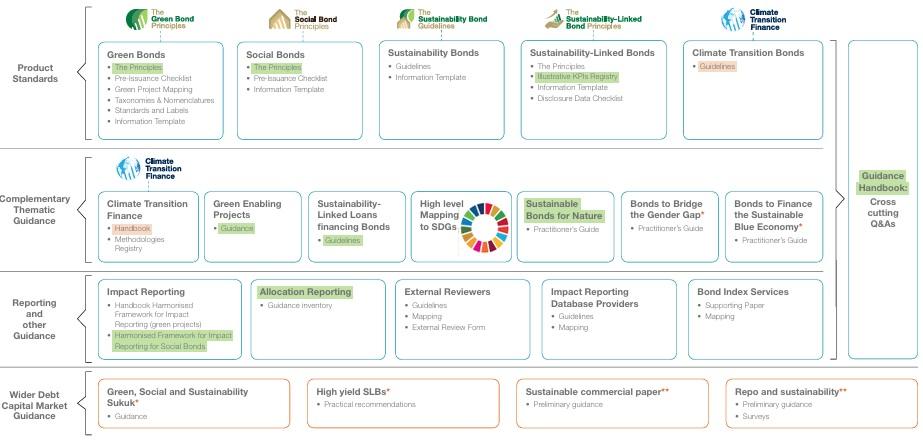China Releases New Green Finance Taxonomy
China’s financial regulators announced the publication of the Green Finance Endorsed Project Catalogue, creating a new categorization system to determine which economic activities are eligible to be funded by green financial products.
Released by the People’s Bank of China (PBOC), the National Financial Regulatory Administration and the China Securities Regulatory Commission, the new catalogue has been developed to be uniformly applied to all types of green financial products, according to the regulators, effectively consolidates disparate standards in China covering green bonds and loans, although not including equities.
According to a statement released by PBOC, the new catalogue is intended to “enhance the liquidity of the green finance market, improve the efficiency of green financial asset management, and reduce the cost of project identification.” The new catalogue will take effect on October 1, 2025.
The publication comes as several countries have instituted, or are in the process of developing sustainable finance taxonomies for their own jurisdictions, including Australia, the EU, Singapore, Hong Kong, Canada, and India, although the UK recently announced that it has decided no to proceed with plans for its own green taxonomy.
In addition to creating a unified system for green finance products, the new catalogue also expands the range of categories relative to the current standards, to cover projects including energy conservation and carbon reduction, environmental protection, resource recycling, green and low-carbon energy transition, ecological protection and restoration, green infrastructure upgrades, as well as green services, trade, and consumption.
According to an analysis of the catalogue by Fitch Group’s sustainability-focused analytics business Sustainable Fitch, the most notable changes from China’s current standards include the addition of the “green trade” and “green consumption” categories, reflecting an increase focus on areas across the green value chain beyond production, as well as a new secondary category, “Green and low-carbon transition of key industrial sectors”, enabling financing to be channeled to projects to help decarbonize hard-to-abate industries that are not yet considered green.
Sustainable Fitch’s analysis also noted that the catalogue partially, but not fully, aligns with international standards such as the ICMA’s Green Enabling Project Guideline, with divergences in areas such as the inclusion by China of less stringent qualifications for “green-enabling” activities, and other differences in the approach to used to determine project eligibility.
Sustainable Fitch said:
“We think the updated catalogue could guide capital flows towards more industrial decarbonisation activities and localised production of green technologies. This aligns with China’s ambitions to solidify its key position in global supply chains.”






